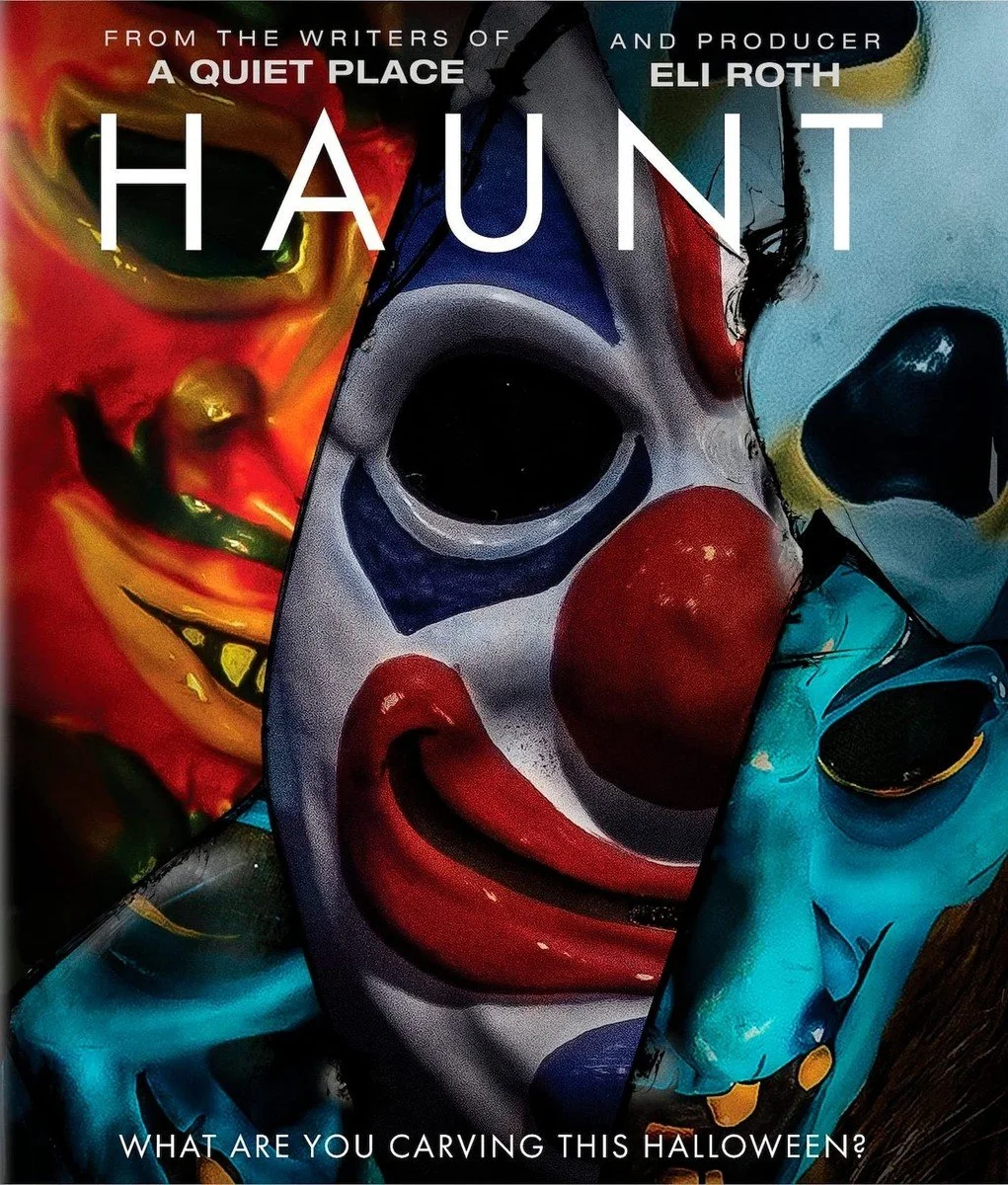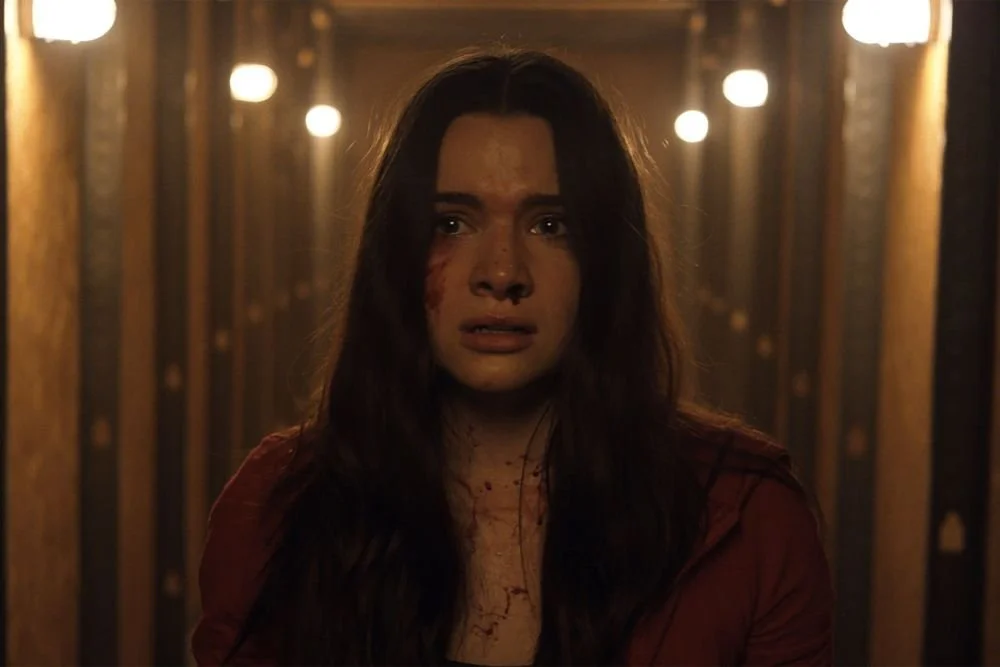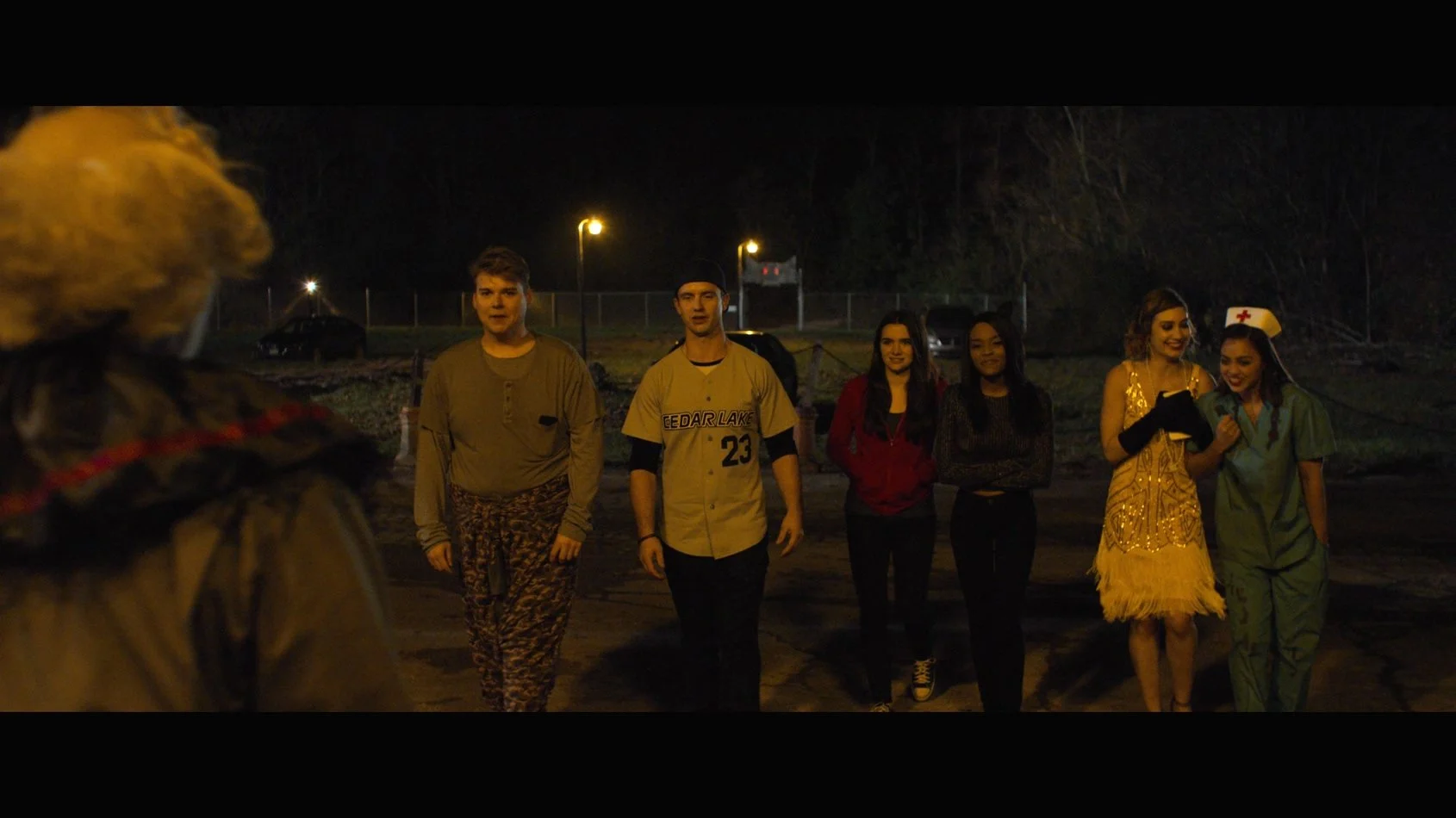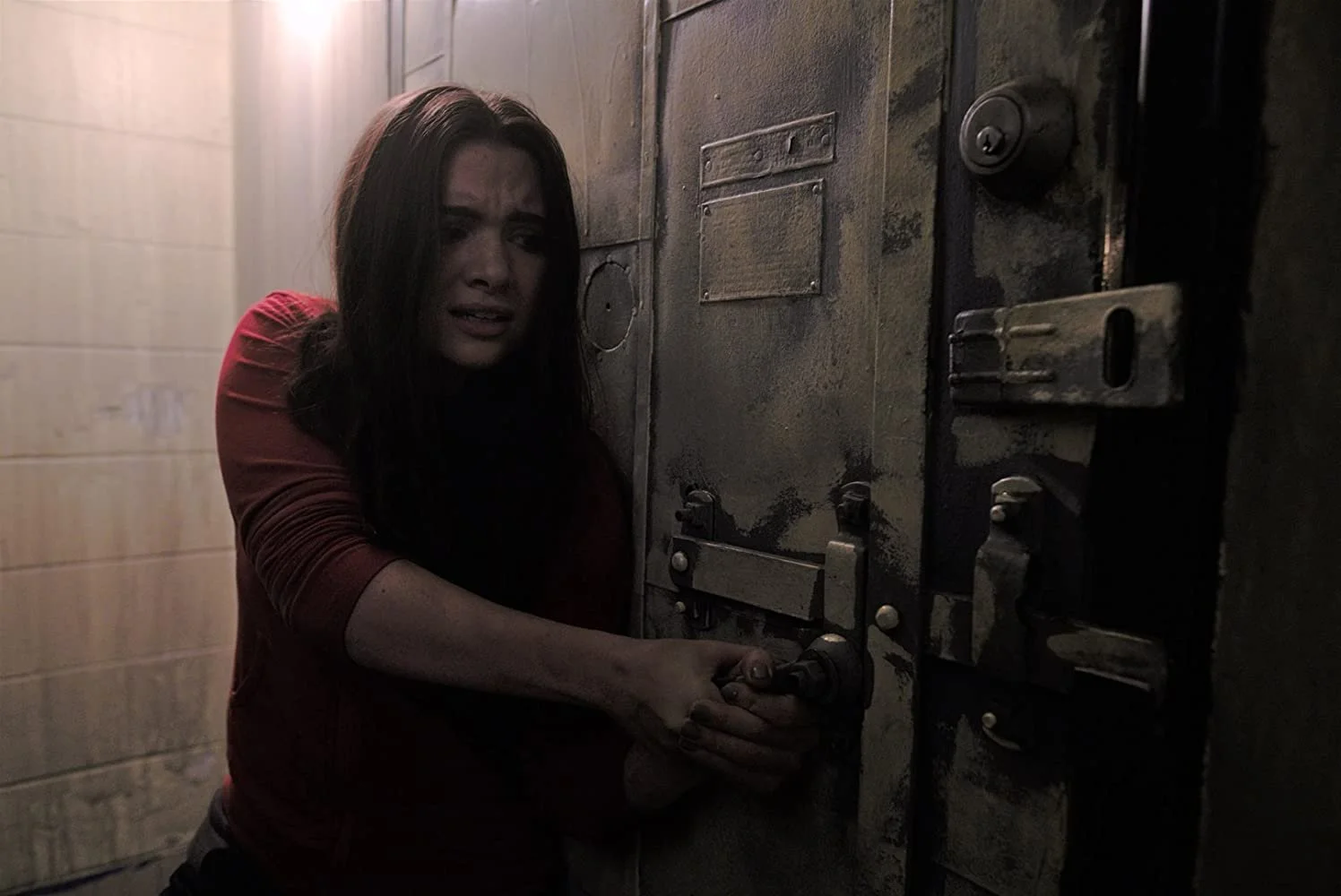Day 6: Masks, Mayhem, and Pure Terror: Why Haunt Deserves a Spot in Your Halloween Watchlist
This movie right here gave me some serious trust issues. What starts off as a regular Halloween night quickly spirals into something you cannot look away from. The protagonist is dealing with relationship issues, that kind of emotional mess that already puts you in a vulnerable state, and her friends, just trying to cheer her up, decide they are heading out to a club in costume. She is not really in the mood but agrees to go anyway, and that single choice ends up changing everything.
Their night takes a turn when they stumble across a haunted house attraction. It is the kind of thing you would expect to see on Halloween: loud, spooky, and promising just the right amount of thrill. The group laughs it off, signs the waiver, and steps inside, expecting cheap scares and creepy props.
At first, it is exactly what you would imagine: jump scares, flickering lights, eerie whispers echoing through narrow hallways. Everyone is having fun, the kind of nervous laughter that keeps you grounded when things get intense.
But somewhere along the way, the laughter fades. The rooms start feeling too real. The actors stop breaking character. And one by one, the friends start getting left behind. The separation is gradual, the tension almost unnoticeable until it is too late. Suddenly, they cannot tell what part of the show is and what is not. When one friend appears to be actually dead, the panic sets in, not the playful kind, but pure, gut-level fear.
From that moment, the movie shifts from entertainment to survival. The haunted house stops being a backdrop and becomes a living, breathing nightmare. The group is forced to move forward, not for fun anymore, but because stopping might mean dying. Every scream, every shadow, every creak of a door feels loaded with danger. The audience is right there with them, stuck in that maze of uncertainty, wondering what is real and what is performance.
What makes this film so effective is its control over atmosphere. It does not rely on cheap tricks or overdone gore. Instead, it builds tension the way a good horror movie should: slowly, deliberately, with moments that make your heart pound not because of what you see, but because of what you think might happen next. The claustrophobic setting amplifies everything: the fear, the distrust, the feeling that escape might be impossible.
As the story unfolds, it becomes clear that the real horror is not the ghosts or monsters, but the loss of control. The characters entered a house expecting a safe thrill, something they could laugh about the next day, but the experience forces them to face something darker, the terrifying realization that some doors, once opened, do not close again.
By the end, Haunt leaves you shaken, questioning what you would do if fun turned fatal. It is smart, unnerving, and far more psychological than it first appears. The scares hit harder because they come from a place of realism, the thought that in chasing fear for fun, you might just find the real thing.
It is the kind of movie that lingers after the credits roll, the kind that makes you think twice before stepping into any haunted house again. Because if this movie teaches you anything, it is that sometimes, the real horror begins when you stop pretending it is all just a game.









